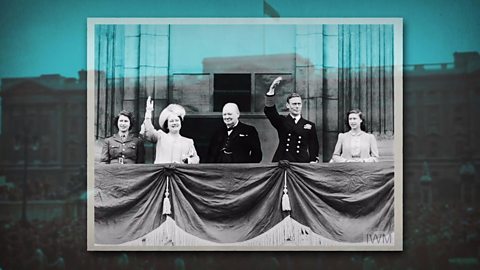Narrator: At the time, World War Two was the most technologically advanced war ever fought and lots of new designs and inventions were introduced to help keep one step ahead of the enemy. On the ground, in the air and at sea.
On the ground both sides of the war used tanks; armoured vehicles that could travel over rough ground towards enemy lines.
Tanks were vital to the German strategy of Blitzkrieg, or lightning war. Using fast powerful tanks they broke through allied defences, allowing the Nazis to take over Poland, Belgium, France and the Netherlands at a rapid pace.
Tanks were also useful in difficult terrain like the sandy battles in the North African desert.
In the air, Britain's Royal Air Force used fighter planes like the Spitfire. The Spitfire was one of World War Two's most iconic symbols.
Often when pilots flew over countries under Nazi control, the sight of a Spitfire let people know they hadn't been forgotten.
The pilots who flew in the RAF weren't just British; Polish, Czech, New Zealand and Canadian pilots were also involved, among other nationalities.
Female pilots in the air transport auxiliary also flew the planes. While they were not allowed to take part in combat, they delivered over three hundred thousand newly built or repaired planes to squadrons in the front line.
Meanwhile, the powerful Navy of battleships and other ships helped to defend food and supplies being brought to Britain by sea, and protected soldiers travelling to the war zones.
HMS Belfast is one of those ships. Heavily armed and armoured, it was involved in many important battles, Including the D-Day landings, where it helped the British and Canadian infantry to secure the beaches.
Today, it is moored in the River Thames in London.
These military machines weren't just limited to the battlefield, meaning everyone was aware of them.
John remembers seeing a fighter plane when he was growing up.
John: We heard the buzz of an aeroplane coming towards us. Nothing unusual. In the war there were plently of aeroplanes. But this one was very low. It was coming on over, tightly over the hedges and we all looked at it as if it was coming directly for us. It was a single engine fighter type of aircraft and we all started waving to it and the plane came round and it banked round us and as he banked round he was laughing and smiling at us and we were cheering laughing and smiling back at him. But of course as it banked round you saw the side of the aeroplane and on the wings were big black crosses. And suddenly this woman realised, 'this is a German plane get down, get down.'
Narrator: Did you know? A lot of the research done during the Second World War led to developments we have today, beyond the military.
One was penicillin, an antibiotic, which you may have taken if you've been unwell. Penicillin had been discovered before, but during World War Two scientists worked out how to turn it into a medicine. During the last year of the war, around one hundred thousand soldiers were treated with it.
Before the war, you could only fly at great height in an aeroplane using an oxygen mask and the lack of oxygen would often make pilots ill. But during the war, engineers developed pressurised cabins that allowed you to move about and breathe without a mask, leading to the commercial jet aeroplanes you might take to travel abroad.
During the war the Germans invented the first ballistic missiles. Large rocket-propelled bombs known as the vengeance weapon two, or V2. After the war, many of the team who invented this rocket technology were brought to America to work on the rockets that eventually took humans to the Moon.
In addition to these, superglue, radar, jet engines, synthetic oil and rubber, and helicopters were all invented because of World War Two.
Video summary
This short film highlights the importance of technology in the war effort and the key roles that tanks, planes and ships played.
An eye-witness called John describes seeing fighter planes when he was growing up, and recalls the time he mistook a German plane for a British plane.
The ‘Did You Know’ section examines the developments beyond the military that came about as a result of World War Two.
Created in partnership with Imperial War Museums.
Teacher Notes
This short film could be useful in maths:
- Pupils could learn about degrees of turn, angles and coordinates and how these can be used to locate people and places.
This falls within the “Properties of shapes/Position and direction” section of the national curriculum in England in the following years:
- Year 3
- Recognise angles as a property of shape or a description of a turn.
- Identify right angles, recognise that two right angles make a half-turn, three make three quarters of a turn and four a complete turn; identify whether angles are greater than or less than a right angle.
- Year 4
- Describe positions on a 2-D grid as coordinates in the first quadrant.
- Describe movements between positions as translations of a given unit to the left/right and up/down.
- Year 5
- Identify, describe and represent the position of a shape following a reflection or translation, using the appropriate language, and know that the shape has not changed.
- Year 6
- Describe positions on the full coordinate grid (all four quadrants).
Additional fact for the class:
- During the war, Britain built an incredible 132,500 aircraft and over a million military vehicles.
Suitable for teaching history at KS2 in England, Wales and Northern Ireland and 2nd Level in Scotland.
This short film could also can be incorporated into different subjects as part of a cross-curricular lesson, especially when teaching maths at KS2 or 2nd Level.
More from World War Two:
Britain declares war on Germany. video
This short film offers an overview of the events that led to Britain declaring war on Germany in 1939.
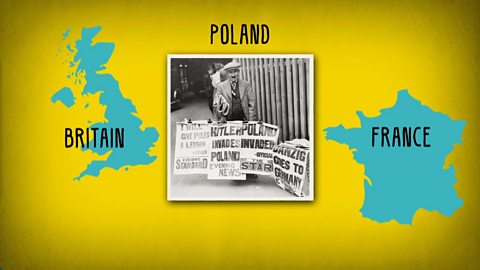
Rationing in the UK. video
This short film explains rationing in simple terms, offering a glimpse of a world that pupils may not be accustomed to.
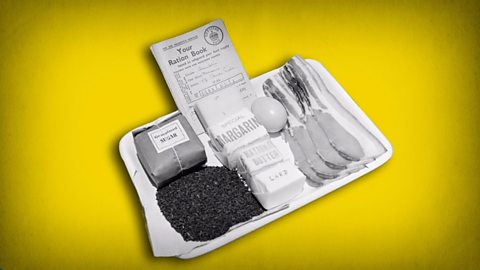
Geography of World War Two. video
This short film provides insight into the scope of the war and how many countries were involved.
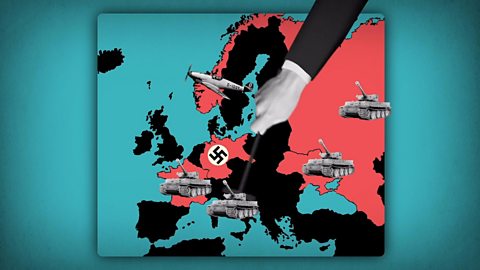
How propaganda was used during World War Two. video
This short film explains how people were persuaded to join the war effort, and the importance of motivational campaigns.
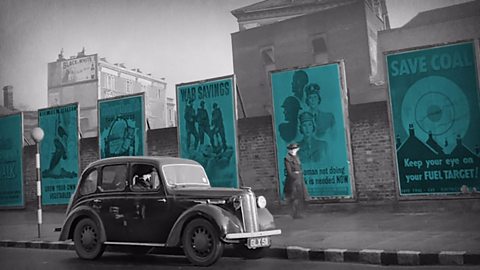
The Blitz. video
This short film offers a digestible insight into the blitz and how the British people responded.
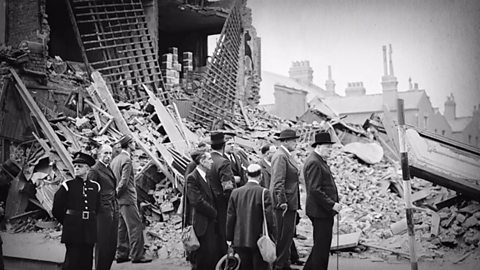
The Battle of Britain and beyond. video
This short film explains what the Battle of Britain was, who was involved and how radar was used throughout the battle.

D-Day. video
This short film explores the significance of D-Day as well as highlighting what took place that day.
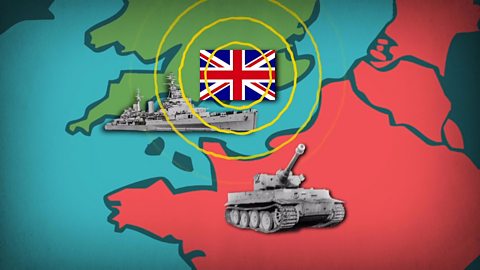
Codebreaking during World War Two. video
This short film explains how cracking Nazi Germany's coded messages helped win World War Two.
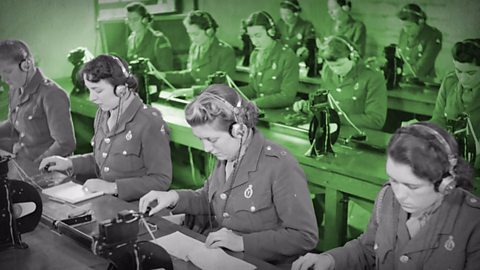
VE Day. video
This short film explains what VE Day and VJ Day were, and the events that led to the end of the war.
